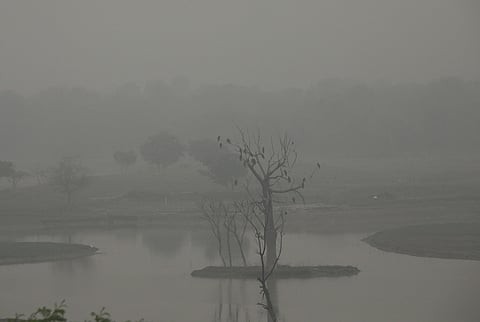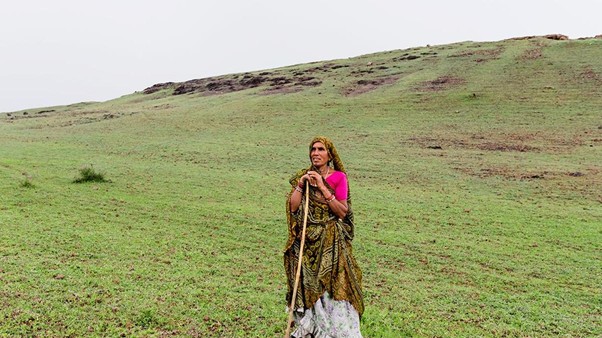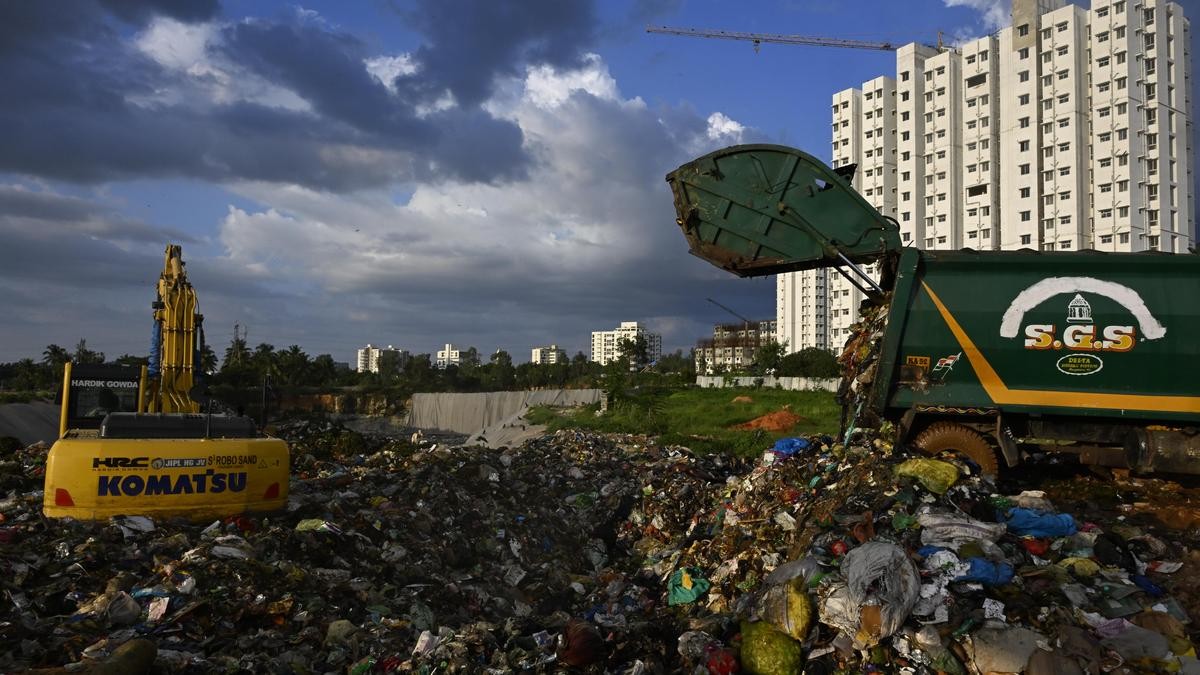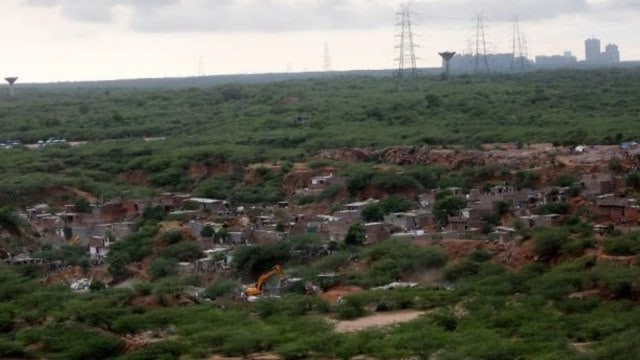




Disclaimer: Copyright infringement not intended.
Wroughton’s free-tailed bat, a highly rare species of molossus bat, has been spotted at the Delhi Development Authority (DDA)’s Yamuna Biodiversity Park.
Delhi is home to about 14 bat species, including 4 considered locally extinct: the Indian false vampire bat, the black-bearded bat, the Egyptian free-tailed bat, and the Indian pipistrelle.
Aravalli Biodiversity Park (Gurugram) is the only known roost (resting place) of Blyth's sparrowhawks in Delhi NCR.
The Park is located on the front of the Yamuna River, it is a biodiversity area in Delhi, India. It was developed by the Delhi Development Authority (DDA) with technical assistance from the Center for Environmental Management of Degraded Ecosystems (CEMDE), University of Delhi.
It serves as an ideal alternative habitat for migratory and resident bird species. It is also designed to protect wild genetic resources of crops improve groundwater recharge and increase the availability of fresh water.
Source:
|
PRACTICE QUESTION Q.Consider the following statements regarding the Wroughton’s free-tailed bat:
How many of the above-given statements is/are correct? (a) Only one (b) Only two (c) All three (d) None Answer: c Explanation: Statement 1 is correct: Wroughton's free-tailed bat (Otomops wroughtoni) is a free-tailed bat formerly considered to be confined to the Western Ghats area of India, though it has also recently been discovered in northeast India and in a remote part of Cambodia. Statement 2 is correct: It is classified as a Data Deficient species as little is known about their habitat, ecology, or foraging range. Statement 3 is correct: In India, the species is found in two locations in the southern Indian state of Karnataka and in Meghalaya in northeast India. |







© 2025 iasgyan. All right reserved